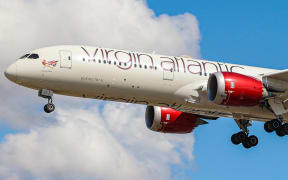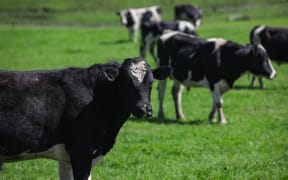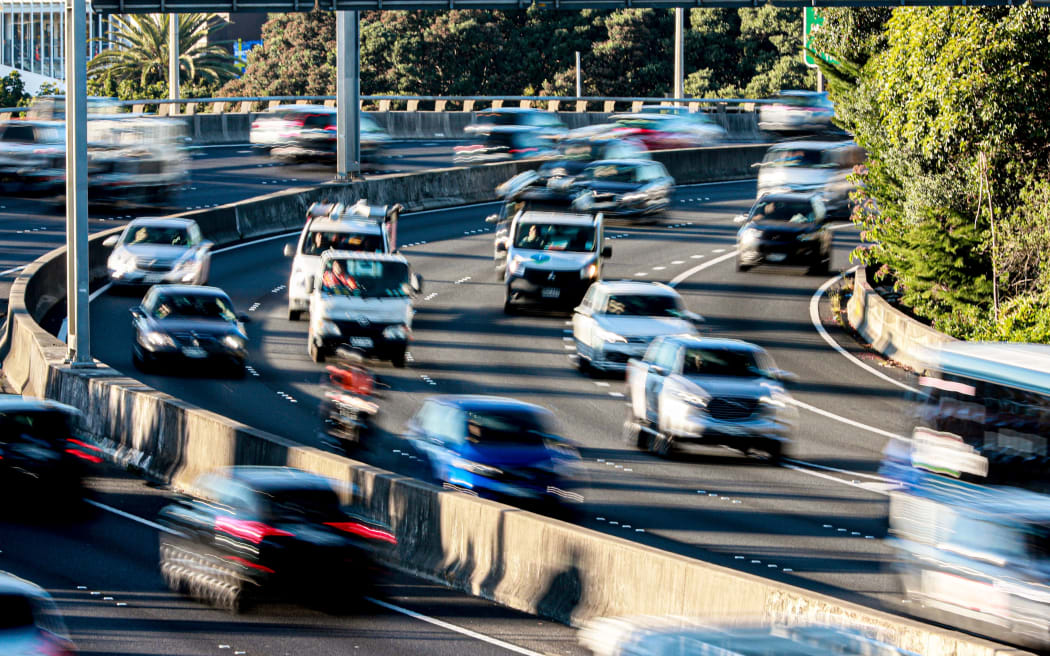
The Climate Change Commission says petrol car imports would need to stop by 2040 to meet a new budget of just under 27 million tonnes of greenhouse gas a year. Photo: RNZ / Marika Khabazi
There are good reasons for New Zealand to increase its 2050 climate target, the government's independent climate advisers say.
The Climate Change Commission says New Zealand's current effort does not meet international criteria for doing its fair share, other countries are doing more than when the target was set five years ago, and prospects are looking stronger for methane-squashing cow medicines.
It wants to hear from people before delivering final recommendations to the Government.
It has also suggested New Zealand consider counting planet-heating gas from planes and ships travelling to and from the country from overseas in climate targets.
In 2019, these would have equalled nine percent of the country's emissions, but because of a common loophole, they are not counted, which means there is less incentive to switch to less polluting fuels.
The commission also wants feedback on setting the country's next emissions cap, for 2036-2040.
The government has already agreed to three emissions budgets, out to 2036.
Monday's draft advice recommended setting the fourth budget (2036-2040) at just under 27 million tonnes of greenhouse gas a year, down from 73 million tonnes in 2021.
The commission said that would require petrol car imports to stop by 2040, with nearly all new car imports electric by 2035.
By 2040, 13 percent of regional plane trips would be electric.
Milk production would be around the same as today, but from fewer cows, with some dairy land and agriculture profits switched over to horticulture.
The commission calculated meeting its draft budget would generate more economic benefits than not doing anything.
Air quality benefits alone would save $2.7 billion a year, it said.
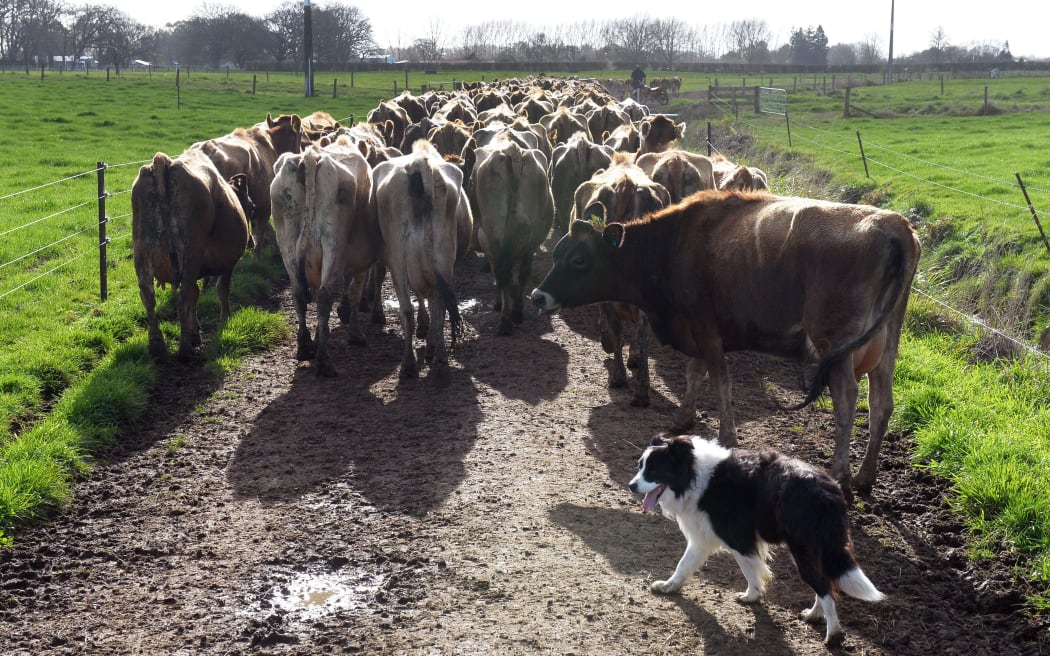
By 2040, there should be fewer cows producing the same amount of milk as today, the commission says. Photo: AFP
'Good reasons' to raise 2050 target
The current 2050 target is for net zero carbon dioxide and nitrous oxide by 2050 (meaning no emissions except what can be offset with trees or other methods) and 24-47 percent lower methane than 2017 levels.
The commission's discussion landed just days after the government announced it would get another independent panel - separate from the commission - to review the methane target, saying it wanted to be consistent with methane causing 'no added warming' beyond what farmers were producing already.
That implied the methane target could be lowered.
But the commission's consultation document throws up questions about the impact on the rest of society.
It said there was "no justification" for reducing the overall 2050 target, so if the coalition wanted to reduce the methane goal, other businesses and households would face "significant" changes to make up the difference in extra carbon dioxide cuts.
As for the third main greenhouse gas, nitrous oxide (also from farming), the commission said there were limited ways to make deep cuts there.
It gave three reasons for its initial view that the target should be strengthened.
It said Aotearoa was no longer the global leader it was when the 2050 target was set, naming Australia, Canada, the EU, Israel, Japan, Norway, and the US as economies that had set more ambitious targets.
It also looked at countries with high shares of methane (like New Zealand), including Argentina, Ireland and Brazil, and found many of those had adopted net zero targets for all gases since 2019, as opposed to New Zealand's split-gas target.
Because New Zealand set a lower target for methane, without requiring it to be made up for by extra forestry, the country could meet its 2050 target and still be pumping out 19-28 million tonnes of greenhouse gases every year from farm animals.
The commission said scientific understanding of climate change had changed since 2019, meaning severe climate impacts were greater and would happen at lower temperatures than was believed in 2019.
On the plus side, the methane-cutting supplement Bovaer was now widely available overseas and could give 30 percent methane reductions.
The supplement could not be used in New Zealand, because it did not work in grazing systems, but advances in the last five years had made it more likely it would arrive here, maybe by 2039, the commission said.
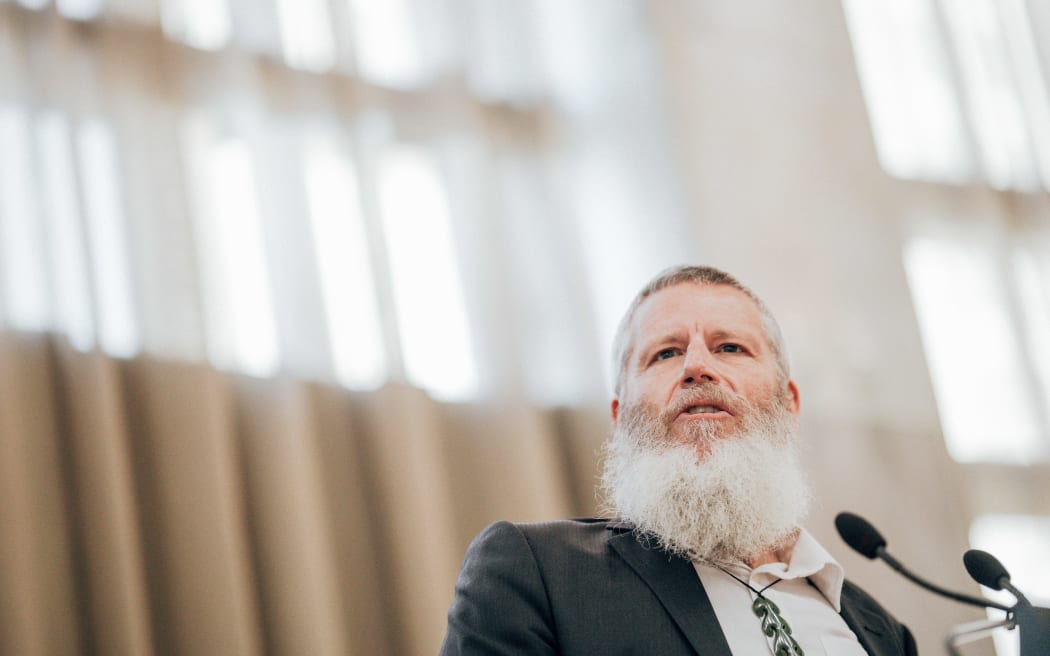
Commission chair Rod Carr. Photo: RNZ / Dom Thomas
Commission chair Rod Carr said there was more concern globally now than there was in 2019 about using trees to mop up emissions, because of worries trees may not be permanent carbon sinks.
Rural communities and iwi had also suffered from forestry slash and other adverse impacts since 2019, the report said.
The commission also said New Zealand's current 2050 target did not meet meet international guidelines for sharing the burden of climate action fairly between countries.
But it noted there might be reasons why national circumstances justified keeping the target the same - and said it wanted feedback on the costs and benefits over the next eight weeks, before giving a final report.
Tougher emissions budgets
On the more immediate stepping stones to 2050, the commission said the country's emissions budgets for the next decade should be tightened.
That was to avoid the government taking advantage of an accounting technicality to clock climate wins without real substance.
Currently the government is in line to meet its first emissions budget (finishing 2025) without making any progress towards cutting emissions, because of technical accounting changes that improved how farming gases were estimated.
Changes such as getting better details of what cows ate had made New Zealand's recorded emissions lower - but without actual reductions being made.
A big chunk of the expected cuts from 2025-2035 are also from these accounting changes.
The commission wants that changed, so the budgets represent real progress.
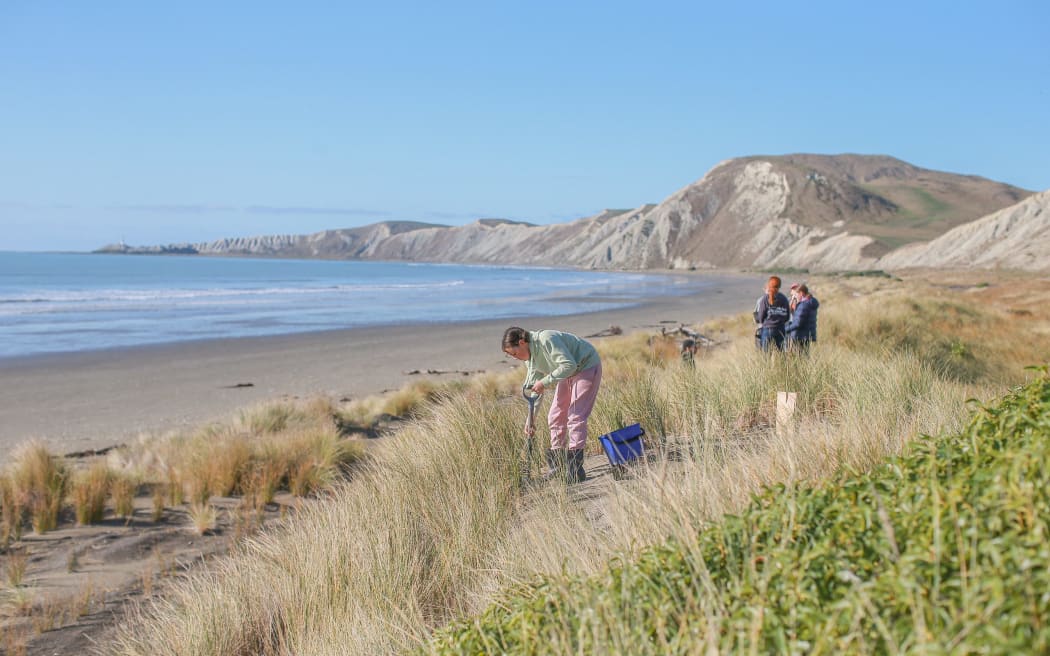
More trees than expected have been planted over the last two years. Photo: LDR / Maia Hart
There was also a win from more trees than expected being planted over the last two years, which the commission said freed up the country to do more real work than it thought was feasible last time it ran the numbers.
In fact, several areas of Aotearoa life were doing better than what was expected five years ago.
Not only was more forest planted over the last couple of years than expected, NZ Steel had announced a new electric arc furnace using a government subsidy, removing a big chunk of its coal emissions. There was the early closure of the Marsden Point oil refinery, quicker growth of EVs and less growth in driving than expected.
By 2040, the commission said it was expecting some mix of methane-cutting technology to be available to farmers, whether that was low-methane breeding, feed supplements or a vaccine.
On the other hand, aviation was looking a little worse than modelled five years ago, when it came to electric planes and low-carbon fuels.
All told, excluding methane from farm animals, New Zealand could be carbon neutral by around 2040, according to the commission's draft analysis.
What 2040 could look like
The commission's modelling said the economy would continue to grow throughout the move to lower carbon.
Under a possible path to meeting the draft 2036-2040 budget, the commission said agriculture would still maintain profits, but some dairying would shift to crops.
More milk from fewer cows would mean production of dairy would stay around the same as today's level out to 2040, despite growth of horticulture on some of today's dairying land, but it would not grow as it otherwise might have. More farming profit would be made by horticulture instead.
The modelled economic impacts suggested switching cars, planes and buildings to cleaner fuels would come at a net cost until the early 2030s but then flip to net savings, both bigger and longer-lasting than the upfront costs.
Those did not include unquantified benefits like health benefits from drier homes or cleaner water from more efficient use of fertiliser (which reduces nitrous oxide emissions).
None of the work is in final form yet.
All three topics are open for public submissions until 31 May, then the commission will give final recommendations to the government by the end of the year.


